|
This frog lays her eggs in a shallow pool of water at the edge of a larger body of water. Once they hatch and the tadpoles are ready to go off on their own she makes a path for them to swim off and go free!
0 Comments
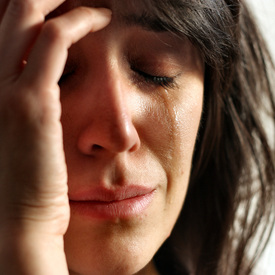 Dr Oz Am I Normal? Why Do My Eyes Tear When I Poop? Dr Oz said that it is actually normal for some people to cry when they poop. If you look at how your brain makes decisions, going to the bathroom happens naturally. Your brain sends a message to your colon and says go to the bathroom, but the same parasympathetic system controls your tears, and so the signal can get crossed. Dr Oz said that this is not rare and some people only figure out that this does not happen to everyone by comparing themselves to what their friends say. Dr Oz said that some people can sweat or have blood pressure changes when they poop too! 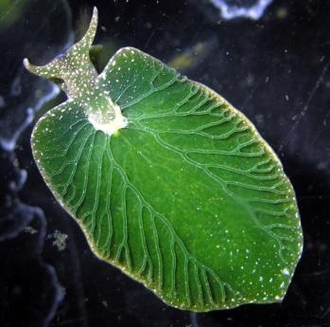 Elysia chlorotica, common name the eastern emerald elysia, is a small-to-medium-sized species of green sea slug. So what? Well, what sets this sea slug apart is its ability to store chloroplast from the algae it eats and use it to make its OWN food! The immature sea slug is brown in color and the color changes as it matures and accumulates the chloroplast. As the slug eats the algae it "sucks" the contents of the cells out and does not fully digest it, but rather stores the chloroplast within its digestive cells and other body cells. These "kidnapped" organelles can survive between 9 months and a year and function just as if they were in the algae, producing glucose via photosynthesis. When deprived of food these sea slugs are able to get all of the energy they need from the chloroplast they contain. Can WE do this? Short answer is NO, for many reasons but one that sticks out the most is the fact that chloroplasts can not function on their own. As you know chloroplast contain their own DNA, but they only contain the instructions to make 10% of necessary proteins used in photosynthesis. This means the sea slug makes the other 90% of the proteins necessary, something nearly no other animals can do. Also, being a small aquatic creature, they use very little energy, the chloroplast needed to fuel our 2,000 calorie life style would take up an area nearly the size of a football field. Sloths are not exactly known for their energetic lifestyles, but the three-toed version of the animal takes lethargy to a whole new level. Unlike its two-toed relative, which forages across the tree tops, it lives out its life in as little as 3,000 square meters. It has the slowest digestive rate of any mammal, and about half the metabolic rate typical for its mass—for it maintains a low body temperature even when "active".
Once a week they climbs slowly down from the canopy, make a small hole in the ground, and defecates. This is hazardous. Being caught on the ground by a predator such as a coyote or a feral dog is the leading cause of death amongst sloths. And even if it avoids being eaten, the trip consumes 8% of its daily energy budget. Given that two-toed sloths happily relieve themselves from the safety of the canopy, the three-toed’s lavatorial habits are puzzling. But a study published in the Proceedings of the Royal Society, by Jonathan Pauli of the University of Wisconsin-Madison and his colleagues, not only seems to solve the mystery, but also sheds light on one of the most intriguing cases of mutualism in the animal kingdom. The actors in this drama are the sloths themselves, the algae and fungi that live in their fur (and which give sloths their dilapidated, green appearance) and a peculiar species of moth that lives in this mobile ecosystem. Sloths rely on the algae for part of their food, for these primitive plants (whose combined mass is about 2½% of the sloth’s body-weight) are far richer in fats than the leaves which form the bulk of the animals’ diet. When a sloth grooms itself, it is therefore also feeding. Indeed, the nutrition the algae provide may be the difference between life and death, for several studies suggest that even when lazily grazing the canopy, a three-toed sloth expends more energy than it takes in from the leaves it is consuming. The algae, for their part, rely on the sloth for shelter. The strands of its fur have special cracks which trap rainwater and provide an ideal environment for them. But the algae also rely on the fungi and the moths—for when the moths die, the fungi decompose them, and in so doing release nitrogen-rich compounds which fertilise the algae. The moths, however, though they mate in the sloth’s fur, do not spend their whole lives there. And this, Dr Pauli found, is where the animal’s weekly visits to the ground come in. He and his colleagues put a number of sloths living in a forest in Costa Rica under intense scrutiny. They found, first, that three-toed sloths have many more moths in their fur than do the two-toed sort. That suggests moths are more important to this species. They also, crucially, observed that when the animals descend to defecate, pregnant female moths leave their furry home and lay their eggs in the fresh dung, which feeds the larvae that hatch from those eggs. Once the larvae have pupated, the adults fly back into the canopy to find a sloth to team up with. This is likely, given sloths’ small and exclusive home ranges, to be the one their parents lived in. Thus the cycle is closed, and the three-toed sloth’s perilous weekly journey to the loo is explained. It is worth the risk, it seems, for the benefit of a reliable, portable supply of snacks. |
This is a collection of interesting facts collected from the internet. Archives
September 2015
Categories |

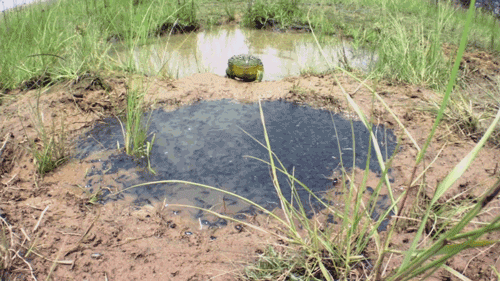
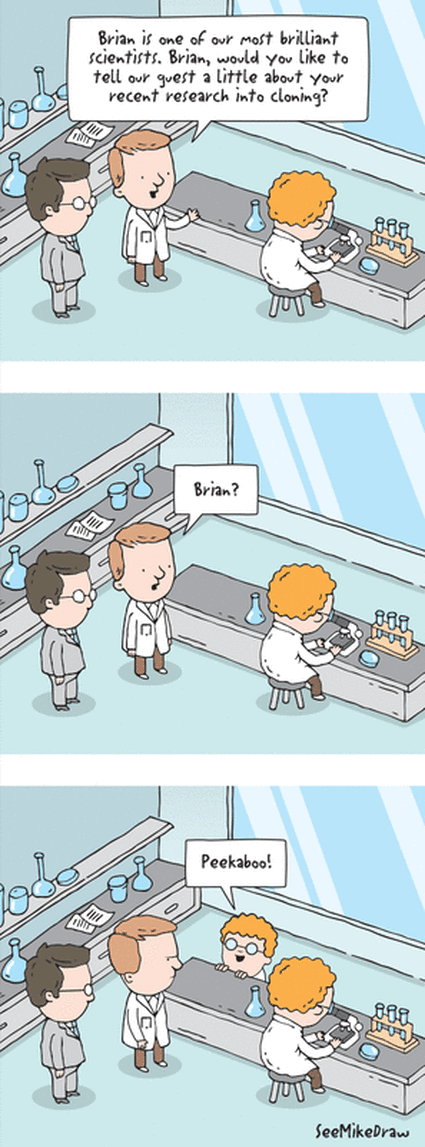
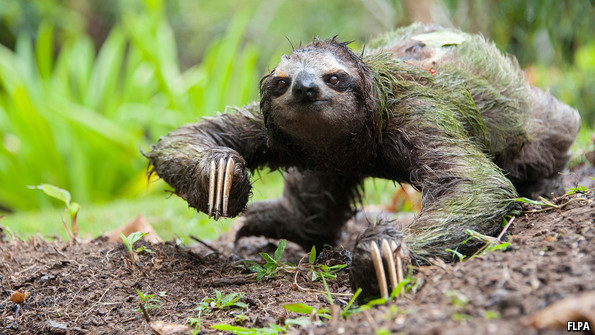
 RSS Feed
RSS Feed
